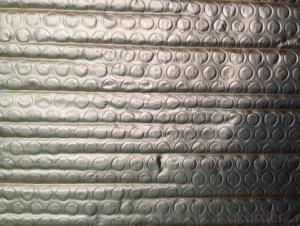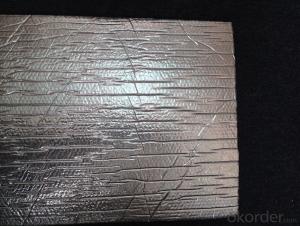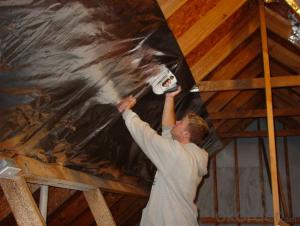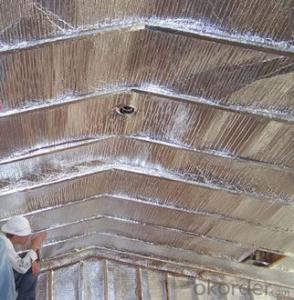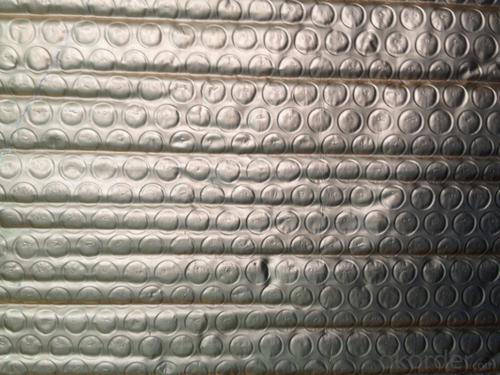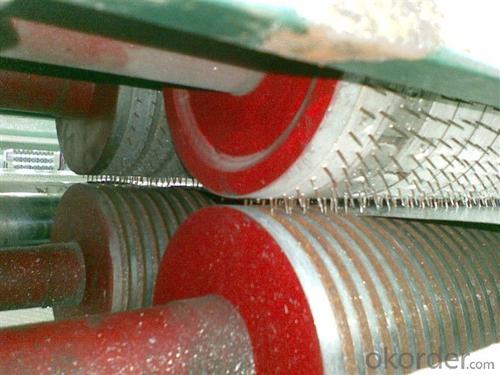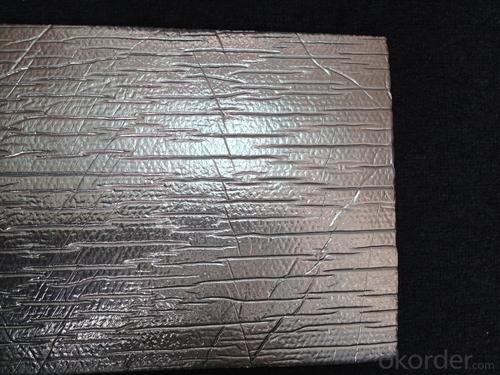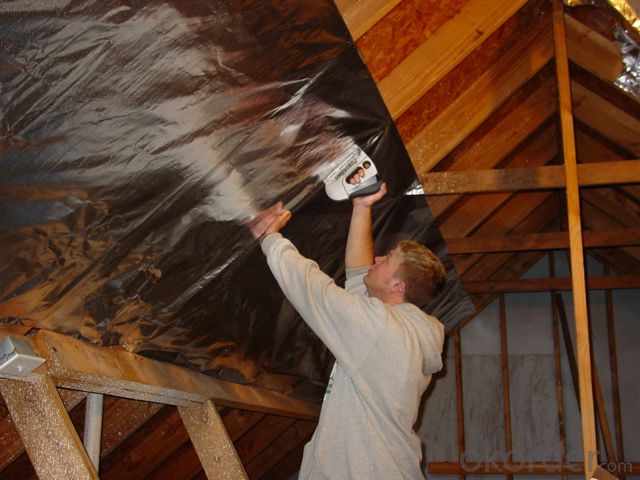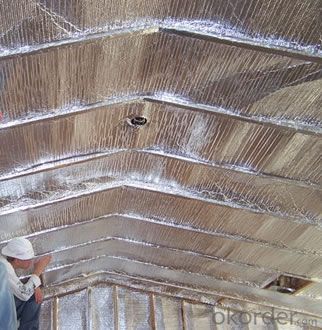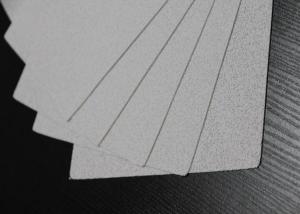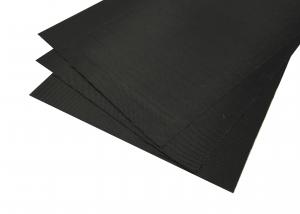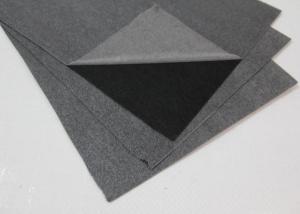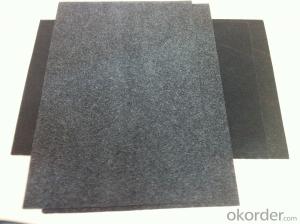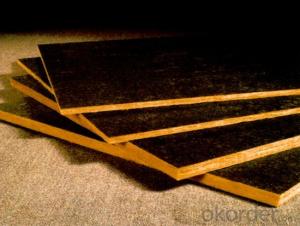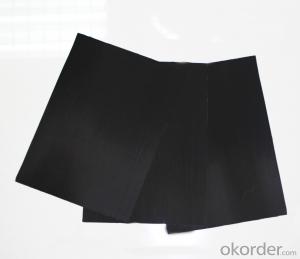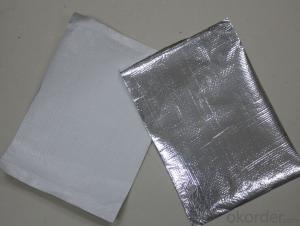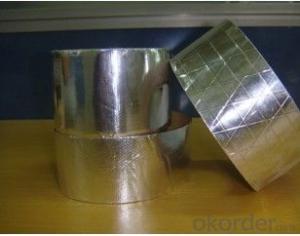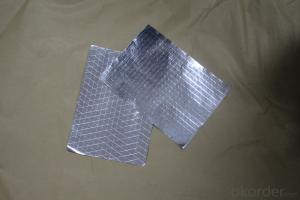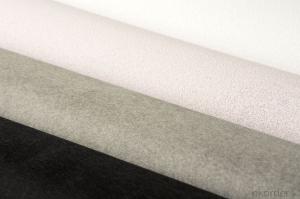Fiberglass Facing Flexible Ducts Bubble Aluminum Green On Sale
- Loading Port:
- China Main Port
- Payment Terms:
- TT OR LC
- Min Order Qty:
- -
- Supply Capability:
- -
OKorder Service Pledge
OKorder Financial Service
You Might Also Like
Application:
1,Building Thermal Insulation Material
(1),Roof,Underlay,Under Concrete & floor Insulation;
(2),Attic,Crawl Space,Stud Wall ,Metal Frame Building Insulation.
2,Wrapping
(1),Protective coatings of ventilating pipe,HVAC Duct & Pipe;
(2),Shells of air conditioner and water heater.
Feature:
1), Waterproof, heavy duty, clean, light, flexible, non-absorbent surface
2), Fire resistant & antiglare
3), Recyclable, environmentally friendly
4), Effective in extreme temperatures both hot and cold
5), Easily install, cut, stapled, nailed or glued into place
6), Safe to handle with no special clothing or breathing Equipment
Feature:
1), Waterproof, heavy duty, clean, light, flexible, non-absorbent surface
2), Fire resistant & antiglare
3), Recyclable, environmentally friendly
4), Effective in extreme temperatures both hot and cold
5), Easily install, cut, stapled, nailed or glued into place
6), Safe to handle with no special clothing or breathing Equipment

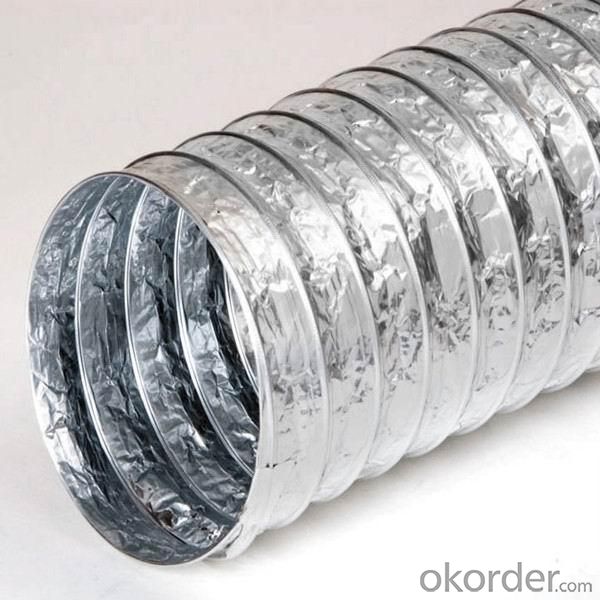


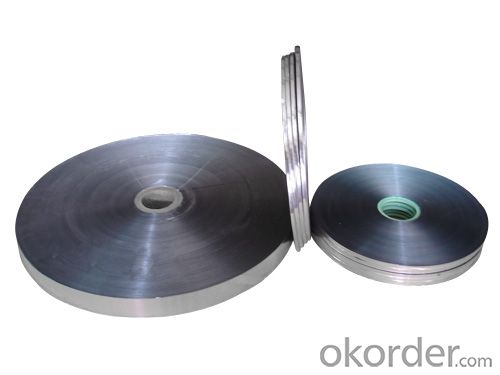


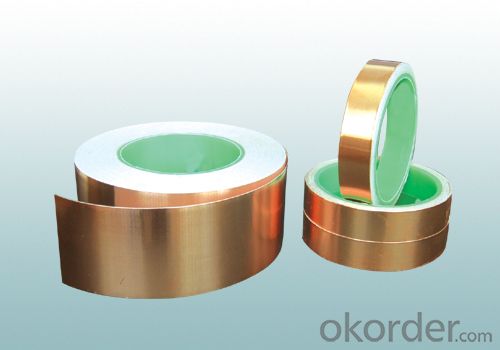
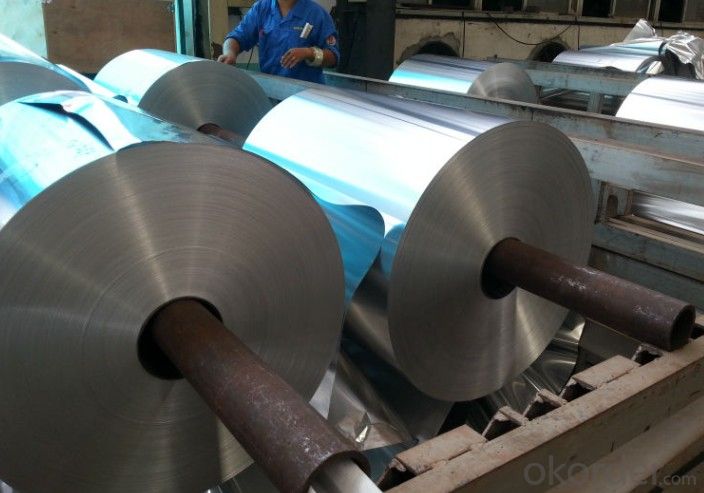

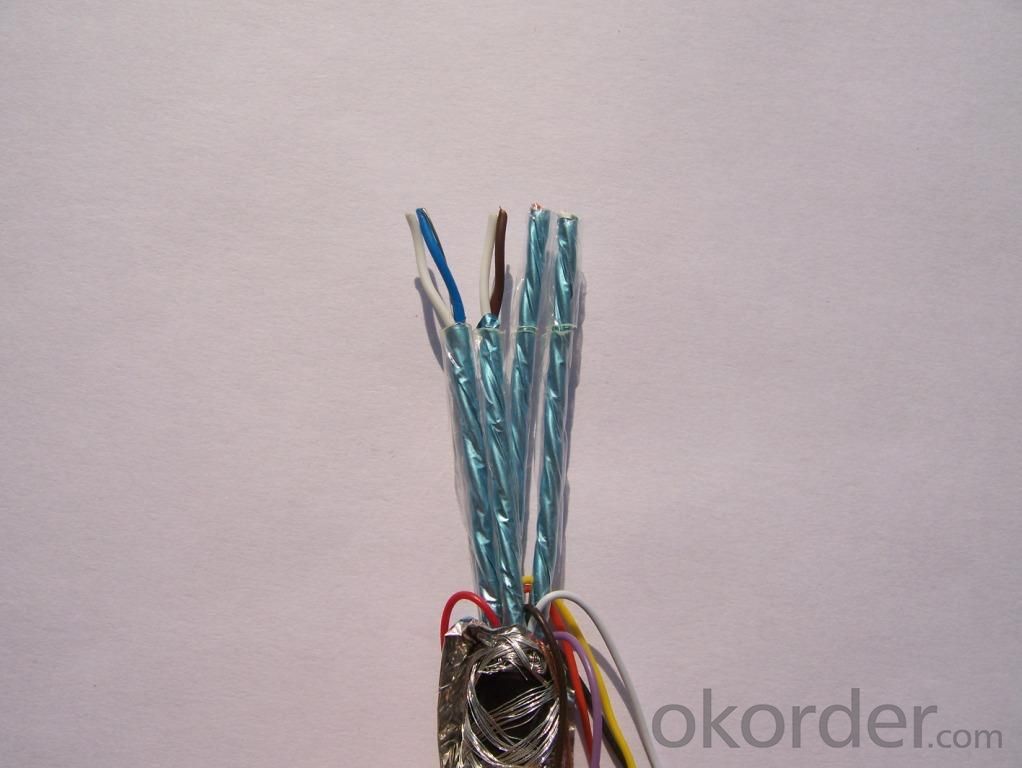
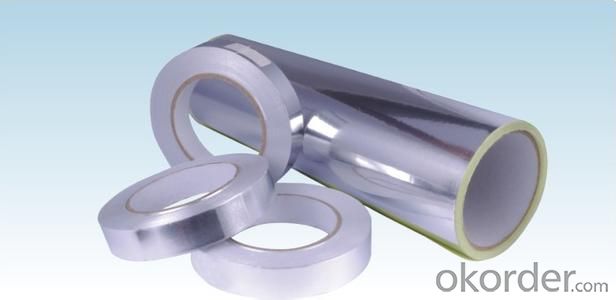
- Q: Is it safe and practical to use black fiberglass tissues as a material for making a sandwich?
- <p>No, you should not use black fiberglass tissues to make a sandwich. Fiberglass is a material made of fine fibers of glass, which is not edible and can be harmful if ingested. It is typically used for insulation, reinforcement, and construction purposes. For making sandwiches, use food-safe materials such as bread, tortillas, or lettuce wraps.</p>
- Q: Is it possible to utilize glass fiber paper as a material for sound absorption within room environments?
- <p>Yes, glass fiber paper can be used for acoustic absorption materials in rooms. It is known for its sound-dampening properties due to its porous structure, which allows it to absorb sound waves effectively. However, it's important to note that while it is effective, glass fiber paper may not be the best choice for all applications due to potential health concerns related to the inhalation of fibers. It is often used in professional settings where proper safety measures can be taken, and it is recommended to use it in conjunction with a protective facing or within enclosed systems to minimize exposure.</p>
- Q: Is it possible to utilize black fiberglass tissue in the creation of garments?
- <p>While it is technically possible to use black fiberglass tissue for clothing, it is not a common practice due to its rigidity and lack of flexibility. Fiberglass is typically used in construction and insulation applications. For clothing, materials that are soft, breathable, and flexible are preferred. If you're looking for a durable fabric, consider alternatives like Kevlar or other synthetic fibers designed for clothing.</p>
- Q: The user is asking if they can repurpose lint from their dryer to create homemade black fiberglass tissues.
- <p>No, you cannot use dryer lint to make black fiberglass tissues. Dryer lint is composed of fibers from clothing and other materials, which are not the same as the glass fibers used in fiberglass production. Fiberglass is made from fine filaments of glass that are combined with a resin to form a composite material. It requires specific manufacturing processes and materials that are not present in dryer lint. Using dryer lint for this purpose would not yield the desired strength, durability, or properties of fiberglass tissues.</p>
- Q: Is it possible to utilize black fiberglass tissue as an insulating material within vehicles?
- <p>Yes, black fiberglass tissue can be used for insulation in vehicles. It is known for its heat-resistant properties and is commonly used in automotive applications to insulate engine compartments and exhaust systems. Fiberglass provides thermal insulation, reduces noise, and protects against heat damage. However, it's important to ensure that the fiberglass used meets specific automotive standards for safety and performance.</p>
- Q: This question asks about the uses of black fiberglass tissue across different sectors.
- <p>Black fiberglass tissue, also known as black glass fabric, is widely used in various industries due to its high strength, heat resistance, and electrical insulation properties. In the construction industry, it is used for reinforcing materials in composites and as a base for flooring. In the automotive sector, it is utilized for brake linings and heat shields. The electronics industry employs it for printed circuit boards and insulation. It is also used in aerospace for heat-resistant components and in the marine industry for hull reinforcement. Additionally, it finds applications in the production of sports equipment, such as surfboards and kayaks, and in the creation of high-temperature resistant fabrics for industrial settings.</p>
- Q: Is it possible to recycle black fiberglass tissue with ease?
- <p>Recycling black fiberglass tissue is not as straightforward as recycling other materials due to its unique composition and color. The black dye can interfere with the recycling process, making it difficult to recycle like standard fiberglass. Specialized facilities are required to handle the recycling of black fiberglass, and it's often not accepted in standard curbside recycling programs. Therefore, while it is technically recyclable, it is not easily recyclable in the conventional sense and requires specific processes and facilities.</p>
- Q: Is it safe to use recycled black fiberglass tissues in residential or commercial settings without taking any special safety measures?
- <p>While recycled black fiberglass tissues can be used in homes or businesses, it is important to take certain precautions. Fiberglass can release fine particles that may cause irritation to the skin, eyes, and respiratory system. It's advisable to wear protective gear such as gloves, masks, and goggles when handling. Ensure proper ventilation to minimize inhalation of fibers. Additionally, it's crucial to follow all manufacturer guidelines and safety data sheets for the specific product being used to ensure safe handling and disposal.</p>
- Q: This question asks about the cost of purchasing and installing black fiberglass tissue.
- <p>The cost of black fiberglass tissue can vary significantly based on several factors such as the quality, quantity, and the specific project requirements. On average, the material cost alone can range from $1 to $5 per square foot. Installation costs can add another $2 to $10 per square foot, depending on labor rates and complexity. For an accurate estimate, it's best to consult with a local supplier or contractor who can provide a quote tailored to your specific needs. Keep in mind that prices are subject to change and can differ by region and market conditions.</p>
- Q: Is it possible to substitute traditional home insulation materials with black fiberglass tissue?
- <p>Yes, black fiberglass tissue can be used as an alternative to traditional insulation materials in your home. It provides thermal insulation, which helps in reducing heat transfer and can improve energy efficiency. However, it's important to consider the specific properties of black fiberglass, such as its resistance to heat and its impact on indoor air quality. It's also crucial to ensure that it is installed correctly to achieve optimal performance. Always consult with a professional to determine if black fiberglass is the best choice for your insulation needs and to follow safety guidelines during installation.</p>
Send your message to us
Fiberglass Facing Flexible Ducts Bubble Aluminum Green On Sale
- Loading Port:
- China Main Port
- Payment Terms:
- TT OR LC
- Min Order Qty:
- -
- Supply Capability:
- -
OKorder Service Pledge
OKorder Financial Service
Similar products
Hot products
Hot Searches
Related keywords
